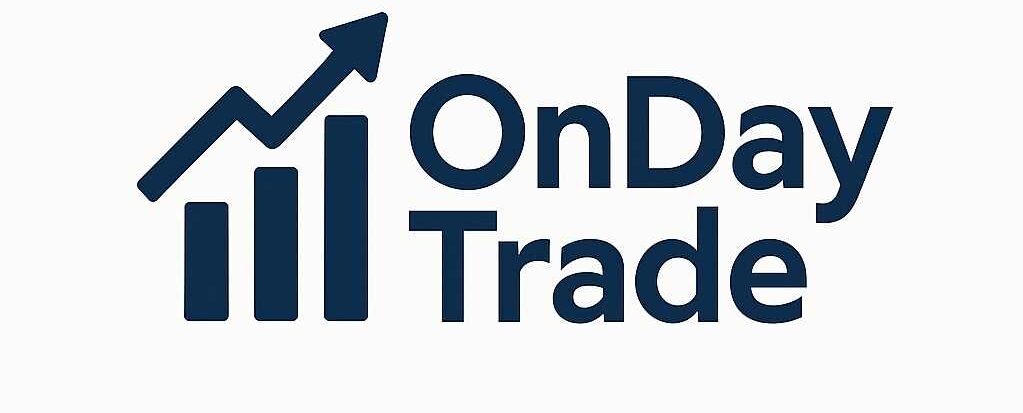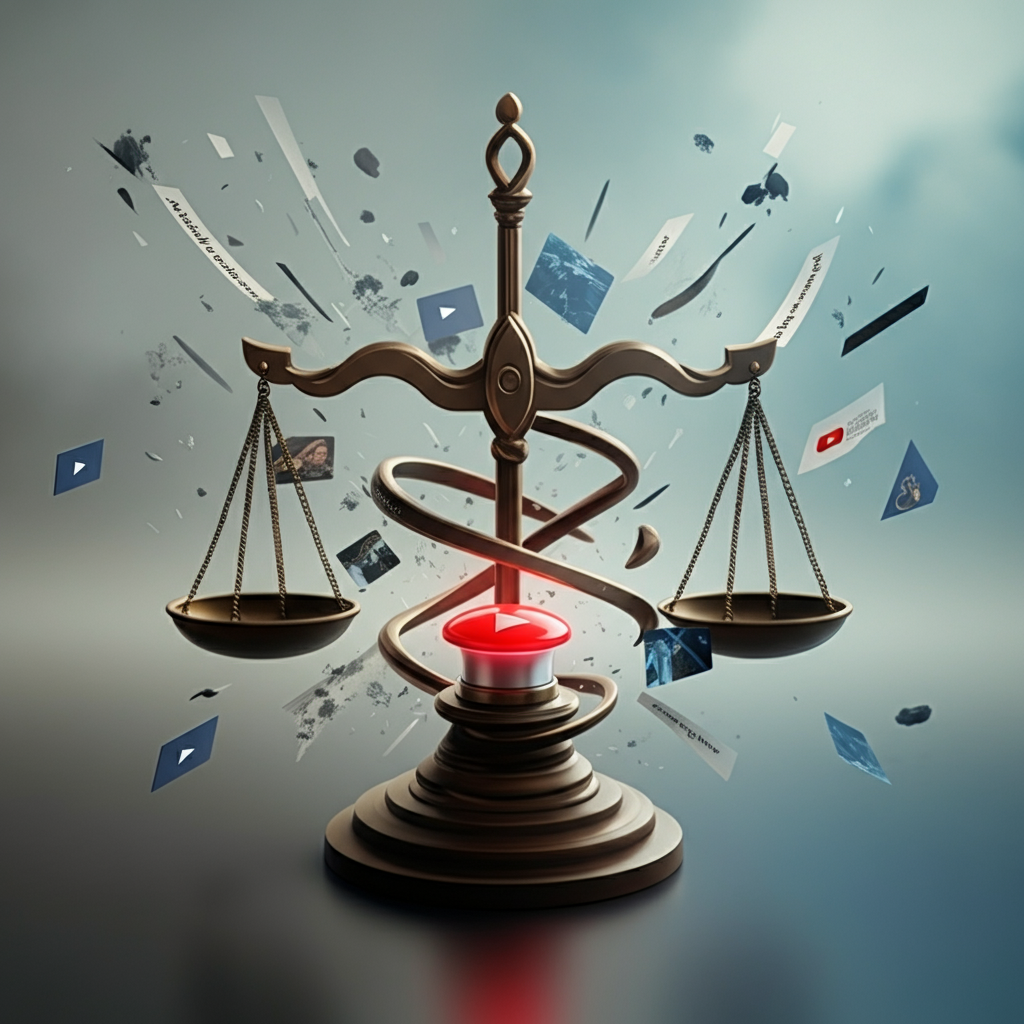Explore how copyright law impacts platforms like YouTube and Facebook, upload filters, user rights, and the balance between creators and exploiters. Learn the key challenges and solutions in the digital copyright landscape.
The Concept of “Presumably Permitted Uses” on Facebook and YouTube in Copyright Law
As digital content creation flourishes on platforms like Facebook and YouTube, questions surrounding copyright law and content moderation are becoming increasingly important. One particularly complex concept is that of “presumably permitted uses” — a legal gray area that can create confusion and liability for creators.
Legal Uncertainty for Users
According to Christian-Henner Hentsch from the Cologne Research Center for Media Law, the new provision still puts users in a difficult position. Even if a user marks their content as allowed under “permitted use,” they may still be partially liable as the perpetrator if it turns out otherwise. Speaking at a Bundestag hearing, Hentsch warned that such uncertainty could lead to cautious or even self-censoring behavior among creators.
Caution Against Careless Flagging of Content
Hentsch further warned against casually flagging content as “legal” when uploading. The reform allows certain de minimis uses—minor snippets of video, audio, or text for non-commercial purposes—but it’s the uploader’s responsibility to assess whether their material truly qualifies.
He recommended relying on “trusted flaggers” — reputable organizations like consumer protection agencies that can help assess whether an upload complies with the law. The European Commission is also tackling this issue in its Digital Services Act, seeking to formalize protections for legitimate content while reducing the misuse of copyright enforcement tools.
The “Red Button” and Its Risks
A controversial tool introduced under the reform is the so-called “red button,” which allows users to flag content as legal for upload. However, if this is done without proper grounds, sanctions may apply.
This tool is meant to cover not only traditional copyright cases—such as pirated streams or TV shows—but also violations of personal rights, such as when an artist doesn’t want their music associated with a political event. While Hentsch defended the existence of upload filters in general, he emphasized the need to prevent overblocking by involving a human reviewer in the final decision.
Overblocking: When Protection Becomes Suppression
Sabine Frank, Head of Regulation at Google Germany, stressed that the liability framework remains unclear and needs further refinement. With users “pre-flagging” content, platforms like YouTube must act as judges within seven days, deciding whether the content legally uses protected snippets.
But there’s a problem: neither machines nor even human moderators have a clear understanding of what qualifies as a “pastiche”—a work that imitates the style of another—as well as other protected forms like quotations, parodies, and caricatures.
This legal ambiguity creates what Frank calls a “structural incentive to rule against users,” encouraging platforms to block content just to be safe.
Criminal Liability for Platforms?
Dieter Frey, a Cologne-based copyright and media law expert, added that platforms could now be criminally liable, not just civilly responsible. This signifies a substantial change in how responsibility is assigned.
To avoid such liability, platforms may be forced to impose stricter obligations and more comprehensive monitoring. Frey pointed out that creators can still have content taken down manually using notice-and-takedown procedures, giving musicians or creators more control over how their work is used or modified in user-generated content.
The Role of Automated Filtering Technologies
Frey explained that once content is marked as legally permissible by the user, a more sensitive, automated filtering process is triggered. This highlights the importance of having clear, enforceable standards — because even after the seven-day review period, questions of liability remain.
He believes the notion of “presumably permitted uses” is reasonable, but more adjustments are needed. Striking an appropriate balance between protecting intellectual property and safeguarding free expression is crucial.
Freedom of Content Exchange: Julia Reda’s Position
Julia Reda, representing the Society for Civil Rights (GFF) and a former EU Parliament member, emphasized that if content does not violate copyright law, it must be freely shareable. Weakening the de minimis exception, she argued, would put the entire framework at risk of violating EU law.
Reda supports allowing the legal flagging of all content used for legitimate purposes such as quotation, parody, caricature, and pastiche — even if multiple copyrighted snippets are merged in a single video.
Protecting Protest Streams from Abuse
Reda also highlighted a serious loophole: some third parties are exploiting copyright to block livestreams of public protests or demonstrations by playing protected music in the background. This tactic unfairly activates upload filters, silencing otherwise legal broadcasts.
She called for stronger safeguards to prevent this kind of strategic abuse, ensuring that legitimate political expression and reporting are not stifled.
Strategic Overblocking and User Rights
Louisa Specht-Riemenschneider, an information law expert based in Bonn, echoed concerns about “strategic overblocking.” She said platforms must transparently inform users when content is blocked — whether it’s due to platform rules or the misapplication of the de minimis standard.
She also argued that forms of expression like parody, caricature, and quotation should remain royalty-free, as they are essential to freedom of speech and creativity.
Constitutional and Practical Concerns
From a constitutional law perspective, Christoph Möllers, a Berlin-based legal scholar, described the proposed free-use snippet rule as problematic. He noted that even a five-second clip of a song could be enough to violate a rights holder’s protections. Therefore, formal time limits might not be constitutionally justifiable.
Meanwhile, Sascha Schlösser, a copyright lawyer from Erfurt, called for a complete overhaul of the system. He argued that current reforms are too complex, especially for everyday users like influencers. Schlösser suggested using “legal tech” tools instead of filters, which would allow creators to better understand and respect copyright without bringing “censorship” into their homes.
What You Can Do as a Creator
If you’re creating content on platforms like YouTube or Facebook, here are some ways to protect yourself:
- Educate yourself on what qualifies as parody, quotation, or de minimis use.
- Avoid background music you don’t have rights to — especially in live streams.
- Use Creative Commons or royalty-free content when possible.
- Rely on trusted flaggers if you’re unsure about copyright status.
- Monitor takedown notices and request human review if needed.
- Keep documentation of licenses or permissions for any third-party content.
Final Thoughts: Striking the Right Balance
As content creators, legal experts, and platform operators navigate the evolving landscape of copyright enforcement, the concept of presumably permitted uses remains crucial — but tricky.
The goal is to create a legal environment that protects creators’ rights, respects freedom of speech, and limits overreach by automated systems. For this to work, transparency, fairness, and clear rules are essential.
Whether you’re a seasoned YouTuber or someone just sharing memes, understanding these rules is key to keeping your content online — and staying out of legal trouble.

